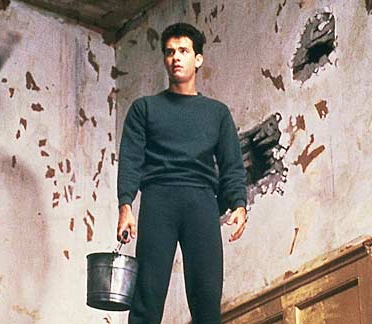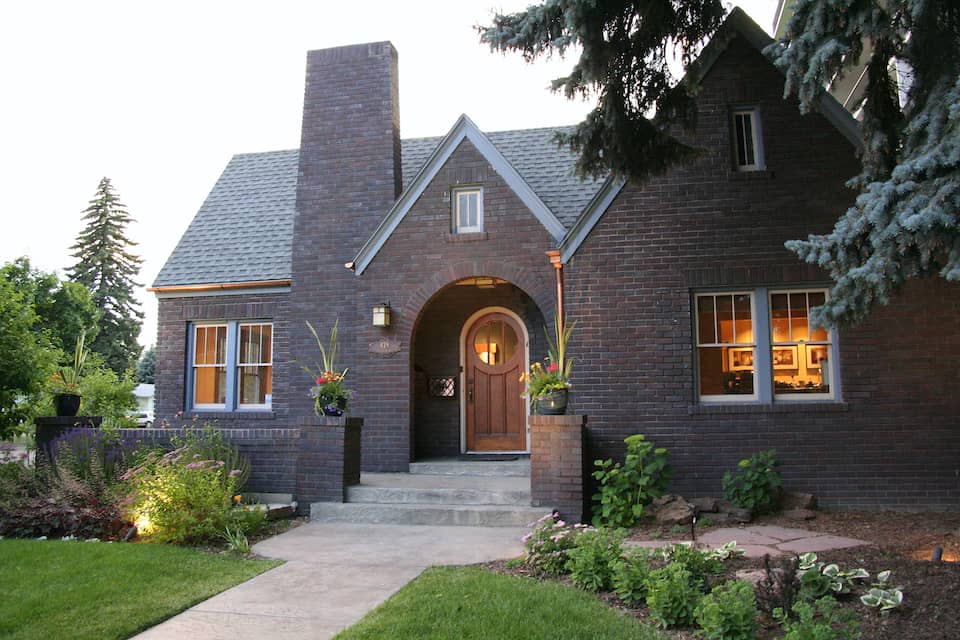
Older homes are filled to the rafters with character and charm. The craftsmanship and detailing can be amazing, and the wood floors and trim are often warm and appealing. But the cost of fixing up older houses can be a shock for some homeowners.
First, there can be a big price difference between the cost of restoration, which strives for historic accuracy, and renovation, which simply updates the old with new. Restoration is typically more labor-intensive, and it might require special approvals if your house is designated a historic landmark. Renovation is usually less costly than restoration for the same type of project, but it doesn’t guarantee smooth sailing when remodeling an older home.
Whether you restore or renovate, older homes are notorious for presenting a host of unique, and often hidden, design and construction issues. Many of these can be identified before a project begins, but unfortunately, some issues won’t reveal themselves until you’re in the middle of a major project.
Some of the most common must-fix surprises found during restoration or renovation involve the following:
» Water damage: This damage caused by leaks or poor ventilation can rot wood and drywall, causing a diversion of time and resources to replace weakened and moldy materials. Insufficient water pressure or piping infrastructure can also turn a quick bathroom remodel into an expensive plumbing bill.
» Structure: The majority of old foundations have stood for many years, but cracks can occur due to improper surface grading and drainage. Damaged floor joists, and headers are sometimes discovered during the demolition process. These flaws need to be addressed during renovation.
» Toxins: Harmful lead can be found in older paint, pipes and even solder used to join copper piping. Mold is detrimental to your health. And asbestos, which can be found in old linoleum adhesive and furnace duct wrap, is carcinogenic if friable, or released into the air as dust. A professional should mitigate these problem areas.
» Electrical: Faulty wiring, nongrounded outlets and outdated knob-and-tube wiring are potentially hazardous and should be replaced. An insufficient power supply for a remodel may also require additional work to expand your breaker-box capacity.
» Windows: Leaky single-pane windows suck up energy and allow moisture penetration and noise pollution. It’s a good idea to replace these during renovation. Because old windows are usually a custom size, build in extra time and expense for a special order.
» Best intentions: Countless projects stop cold when the evidence of amateur repairs rears its ugly head. Whether it’s for aesthetic or safety reasons, a professional and experienced contractor should fix faulty repairs before continuing with a renovation.
It might be a test of your character to tackle a renovation loaded with a variety of surprises, but it’s often worth the effort to preserve the rich character of an older home.
If you’re thinking about doing minor renovations to your home, our Home Services branch could help!
To see our column in the Coloradoan, click here.

